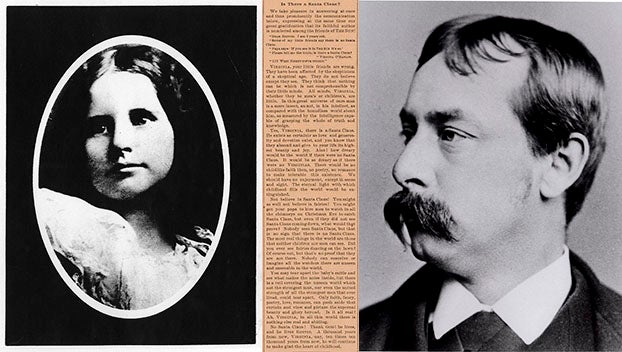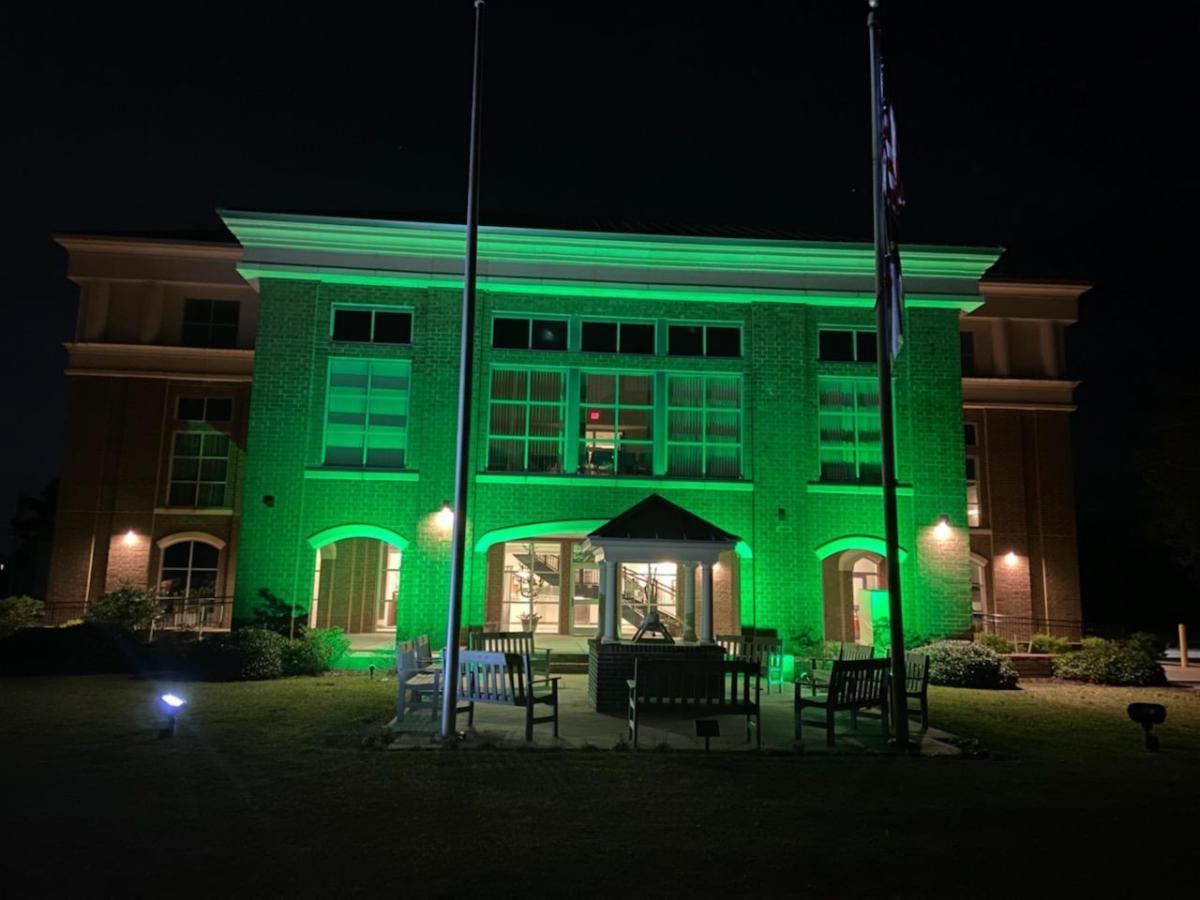Use media to help form an opinion
Published 11:55 am Thursday, February 8, 2018
American mainstream media has become a contentious subject. “Fake news” became a slogan of President Donald Trump’s campaign. It’s become a sort of battle cry for conservatives when presented with reports that they don’t agree with.
Much of the reporting in the mainstream media isn’t based in fallacies. Rather, it tends to lean one way or the other. For example, the Washington Post’s article on the recent budget deal quotes Alabama republican Mo Brooks as an opponent. On the other side, the Washington Times referenced New York democrat and Senate Minority Leader Chuck Schumer saying the deal “is the first real sprout of bipartisanship.”
Yes, many outlets lean either liberally or conservatively. In reporting the facts, writers and anchors will use syntax and word choice to structure the news in a certain way that often coincides with its bias.
It’s up to the audience — the American people — to wade through reports from all sides. The truth, more often than not, is somewhere in between.
This is an age in which information is more readily available than it has ever been. People need not even wait for the newspaper to be delivered to their door, or for the morning news to go on air. News, as it breaks, is accessible instantly in the palm of one’s hand.
But that hasn’t necessarily led to a more educated public. More often than not, many use the prevalence of sources as a way to seek out and confirm beliefs already held.
This doesn’t just apply to news at the national and international levels. There are niche publications in eastern North Carolina that aim to appeal to one side of the spectrum or the other.
The Washington Daily News strives to present all the facts surrounding local politics fairly. After all, media should be viewed as a tool to help people form an educated opinion.





